Accidentally Burnt Plastic on the Stove: Are the Fumes Bad to Breathe In?
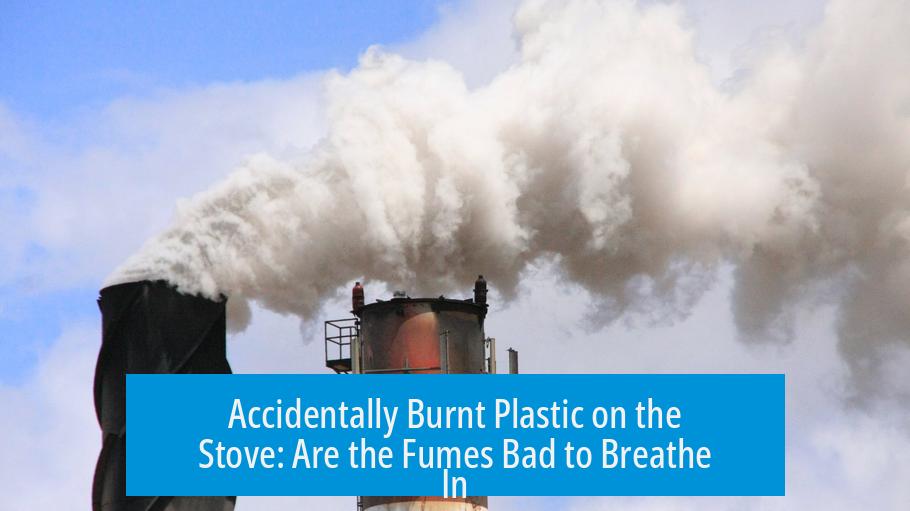
Burning plastic on the stove releases fumes that can be harmful, as they often contain toxic and potentially carcinogenic substances. However, brief exposure to small amounts rarely causes lasting harm. Immediate symptoms such as coughing or difficulty breathing warrant medical attention.
Toxicity and Health Risks of Burned Plastics
When plastic burns, it can release toxic byproducts, including carcinogens. These substances form from chemical breakdown during combustion. The risk depends strongly on the type of plastic and duration of exposure.
Symptoms usually appear quickly if fumes cause irritation or harm. Short, one-time exposure rarely results in long-term effects unless the plastic contains particularly hazardous materials like PVC or Teflon.
- Carcinogenic compounds may form during burning.
- Small doses tend to be less harmful.
- Seek medical care if breathing difficulties or asthma-like symptoms arise.
Exposure Factors: What Type of Plastic Matters
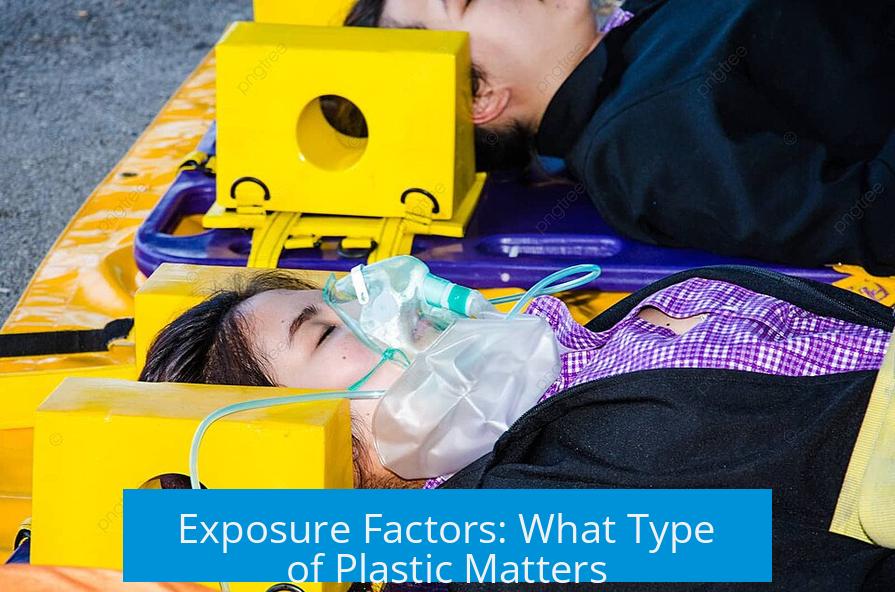
Different plastics produce different fumes. For example:
| Plastic Type | Fume Concerns |
|---|---|
| PVC | Highly toxic; releases dioxins and hydrochloric acid fumes. |
| Teflon (PTFE) | Can release fumes that cause “polymer fume fever” with strong symptoms. |
| ABS (common in kitchen items) | Produces unpleasant smells but less toxic compounds compared to PVC. |
Most household plastics, like those in packaging or clips, emit unpleasant odors but low-risk fumes when briefly burned. Prolonged exposure or burning large amounts can increase risk.
Reducing Risk After Burning Plastic
- Ventilate the room immediately by opening windows and using fans.
- Leave the area and breathe fresh air as soon as possible.
- Clean the stove and nearby surfaces with soap to remove residues.
Good ventilation helps disperse fumes quicker and lowers inhalation risk.
Relative Risk Context
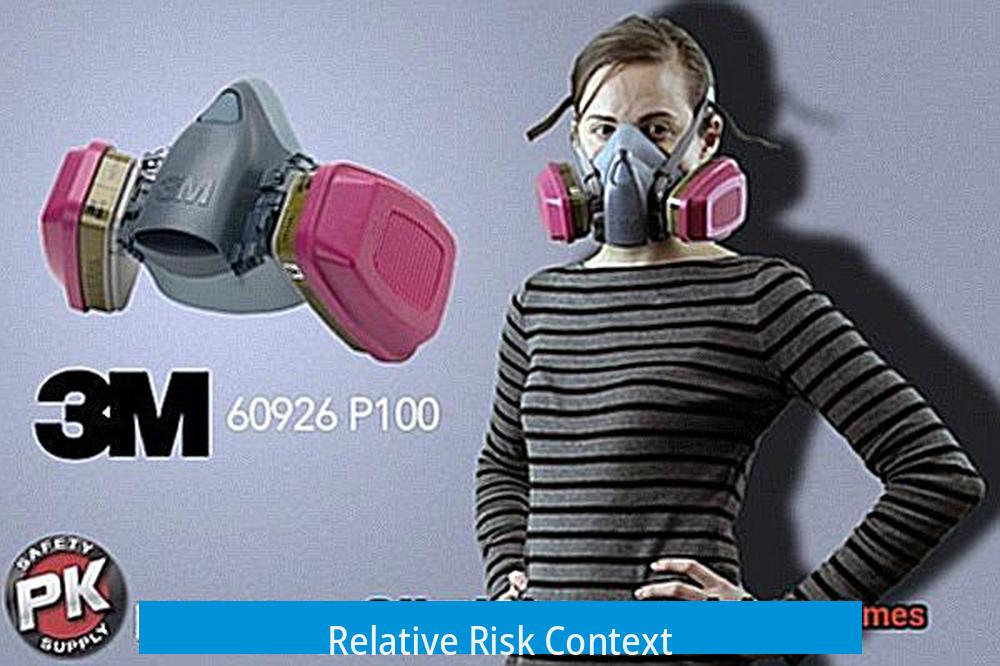
Exposure to burnt plastic fumes can be likened to everyday pollutants found near highways, industrial areas, or gas stations. Occasional brief exposure usually does not match the risk of chronic inhalation in pollution-heavy environments.
Key Takeaways
- Burning plastic fumes may contain harmful chemicals, including carcinogens.
- Short exposures to small amounts typically do not cause lasting harm.
- Type of plastic affects toxicity; PVC and Teflon pose higher risks.
- Ventilate and remove yourself from the area promptly to reduce risk.
- Seek medical help if symptoms like difficulty breathing occur.
Accidentally Burnt Plastic on the Stove: Are the Fumes Bad to Breathe In?
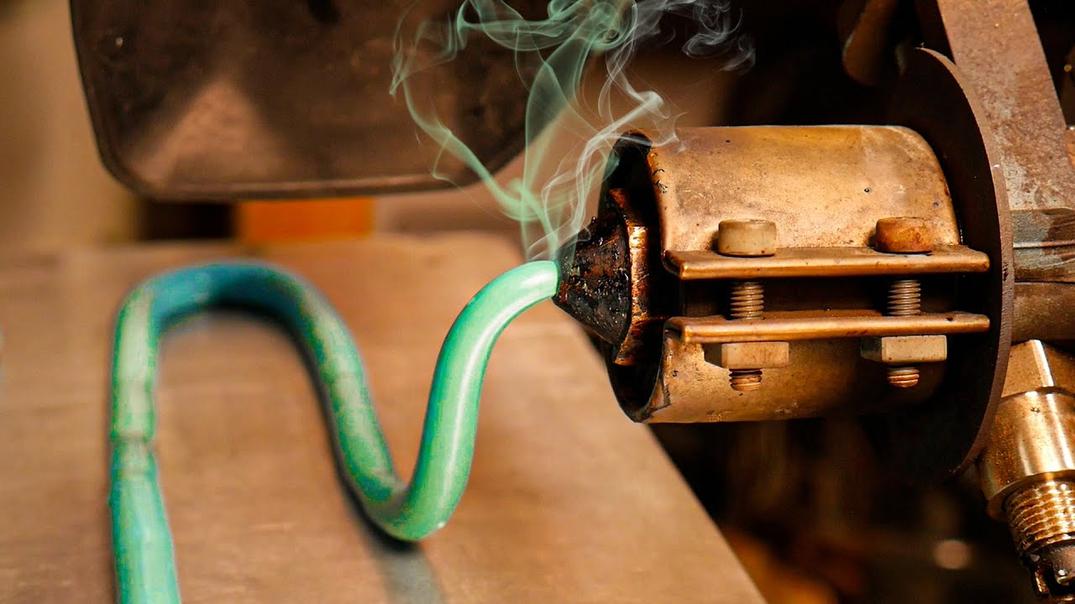
If you’ve ever had the unfortunate experience of burning plastic on your stove, you might have wondered—are these fumes bad to breathe in? The simple, reassuring answer is: you’re probably fine, especially if it was a brief encounter. But let’s get into the details because, as with most kitchen disasters, there’s a bit more to the story.
Burning plastic isn’t exactly a kitchen goal, but it happens. That sharp, nasty smell instantly fills the room, and panic kicks in. So what’s really going on? Are you inhaling toxic gases that will haunt your lungs forever? The answer depends on the type of plastic, how long it burned, and how much fume you inhaled.
Breaking Down the Toxicity and Health Risks of Burned Plastics
When plastics burn, they release various byproducts. Some can be carcinogenic, meaning they have the potential to cause cancer. The reality is that plastics often contain additives and chemicals derived from petroleum products. When heated beyond their threshold, toxic gases like dioxins or other dangerous compounds may escape.
However, here’s the catch: toxicity depends largely on the dose. In fact, “the dose makes the poison.” If you only got a brief whiff and didn’t immediately develop coughing fits, chest tightness, or nausea, your exposure was likely minimal.
Most people who burn some plastic on their stove experience no lasting health effects. If you’re not showing symptoms within minutes—such as difficulty breathing, wheezing, or asthma attacks—you’re probably in the clear. Still, if the exposure is significant or prolonged, some symptoms might develop, and medical care should be sought promptly.
Type of Plastic Matters — Some Smell Worse Than Others

Not all plastics are created equal. The type of plastic involved plays a big role in how harmful the fumes might be. For example:
- Burning PVC (polyvinyl chloride) or plastics with Teflon coatings can release particularly nasty toxins. Avoid any prolonged exposure to these fumes.
- Certain everyday plastics like ABS (commonly found in chip clips) can produce a stinky, irritating smell, but the risk is often low for short exposure.
So if you burnt a plastic wrapper or container that wasn’t intended for heat exposure, it probably smelled foul but wasn’t massively dangerous. Still, avoid repeated or long exposure to minimize risks.
Exposure Time, Ventilation, and Common-Sense Safety Tips
How long you breathe those fumes matters as much as what plastic you burned. Short exposures typically don’t cause lasting damage. The best advice is to get fresh air immediately. Turn on the kitchen fan or open the windows wide. That stove fan you often forget to use? Now’s the time.
After ventilating, clean the area well. Soap and water can help remove any lingering oily residue or particles. Your lungs are pretty resilient—helping yourself avoid prolonged inhalation makes all the difference.
A Dose of Reality: Comparing Risk to Everyday Life
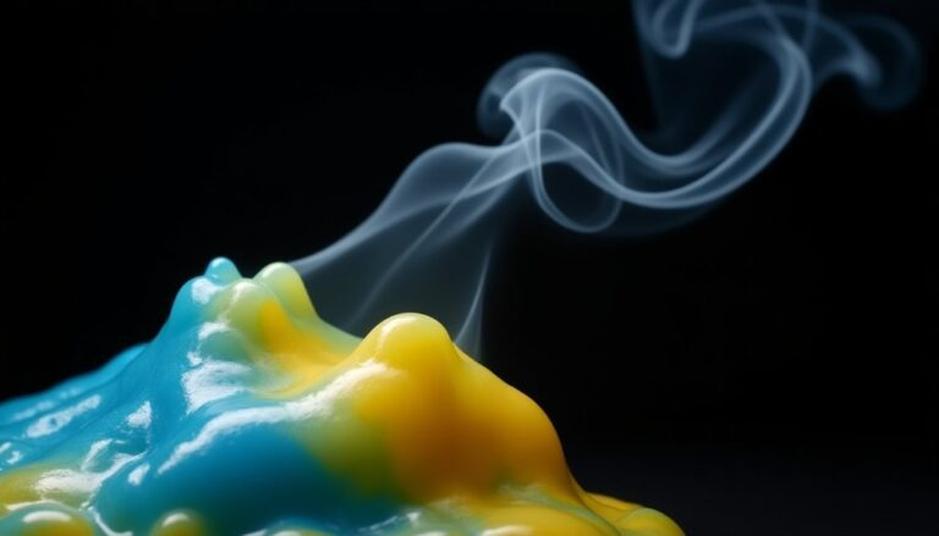
Let’s put this risk in perspective. Breathing some plastic fumes from a brief stove accident is hardly the biggest environmental hazard one faces daily. Living near a gas station, driving on the highway, or hanging out in industrial areas expose you to far more pollutants than a one-time burnt plastic incident.
So while you might grimace at that burnt plastic smell now, keep in mind the risk is relatively mild compared to routine exposures many people encounter.
Lightening the Mood: A Bit of Reassurance
Many seasoned home cooks and even some culinary professionals burn plastics sometimes, especially packaging leftovers or items not meant for high heat. And you know what? Most of them are just fine. No dramatic lung issues, no hidden damage—just a lesson learned.
“If you inhale anything bad enough to give you symptoms with a few breaths, hopefully it’s weed.”
While humor helps, it also points out how low the risk often is for that accidental stove melt. Just go easy, ventilate, and relax.
More Food for Thought (or Life-for-Thought?)
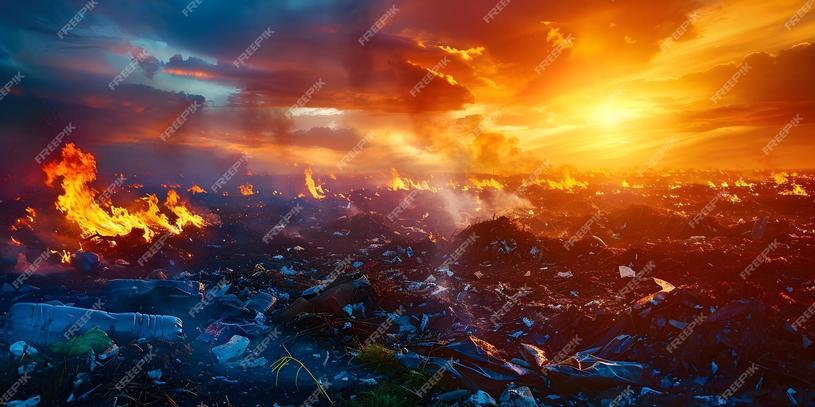
Remember, plastics start from crude oil or natural gas. So, burning plastic is literally releasing concoctions from ancient fossil fuels. It’s unlikely you want to make a habit of that but an occasional mishap isn’t a crisis.
If you have sensitive lungs or respiratory conditions like asthma, it’s wise to err on the side of caution. For most others, incidental exposure to stove-burnt plastic fumes doesn’t mean an emergency room visit but simply an unpleasant moment to move past.
Summary Takeaways
- You’re most likely fine after briefly inhaling burnt plastic fumes.
- Symptoms of coughing, wheezing or breathing difficulty warrant medical attention.
- Different plastics emit different chemicals—PVC and Teflon are worse than ABS or common packaging plastics.
- Ventilate. Open windows, turn on fans, and leave the area to get fresh air.
- Clean any residue left behind on stove surfaces after the incident.
So next time your chip clip or plastic packaging makes a quick cameo on your burner, take a deep breath (preferably outside), keep calm, and know that your lungs can probably handle it. Just maybe avoid putting stuff not meant for stoves near open flames in the future!
Q1: Are fumes from burnt plastic on the stove harmful to breathe?
Burnt plastic fumes can contain harmful chemicals, but short exposure usually won’t cause lasting harm. Symptoms like breathing difficulty or asthma need medical care. Most brief incidents are not dangerous.
Q2: Does the type of plastic affect the toxicity of the fumes?
Yes. Plastics like PVC or Teflon release more toxic fumes than ABS. Small exposures to common plastics often cause bad smells but less risk. The plastic type and exposure time matter.
Q3: What should I do immediately after burning plastic on the stove?
Ventilate the area well by opening windows or using fans. Remove yourself to fresh air and clean surfaces with soap. Proper airflow reduces risk from fumes quickly.
Q4: Can breathing burnt plastic fumes cause cancer?
Burnt plastics release carcinogens, but short exposure rarely raises risk. Long or repeated exposures are more concerning. A one-time incident likely won’t increase cancer risk much.
Q5: How do I know if I need to see a doctor after breathing these fumes?
If you develop asthma symptoms, trouble breathing, or persistent coughing, seek medical advice. Mild exposures usually cause no lasting symptoms within minutes.
Q6: Is inhaling burnt plastic fumes worse than other common pollution sources?
Burnt plastic fumes are unpleasant but not usually worse than pollution near highways or gas stations. Brief exposure is often less harmful than many everyday environmental toxins.


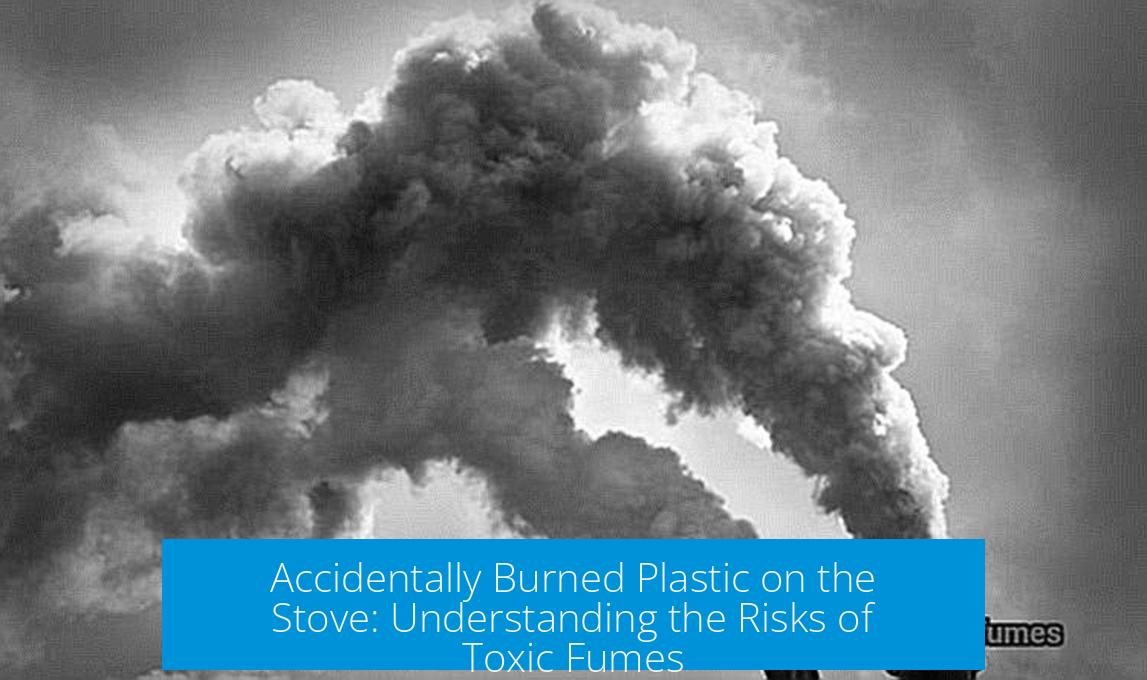


Leave a Comment